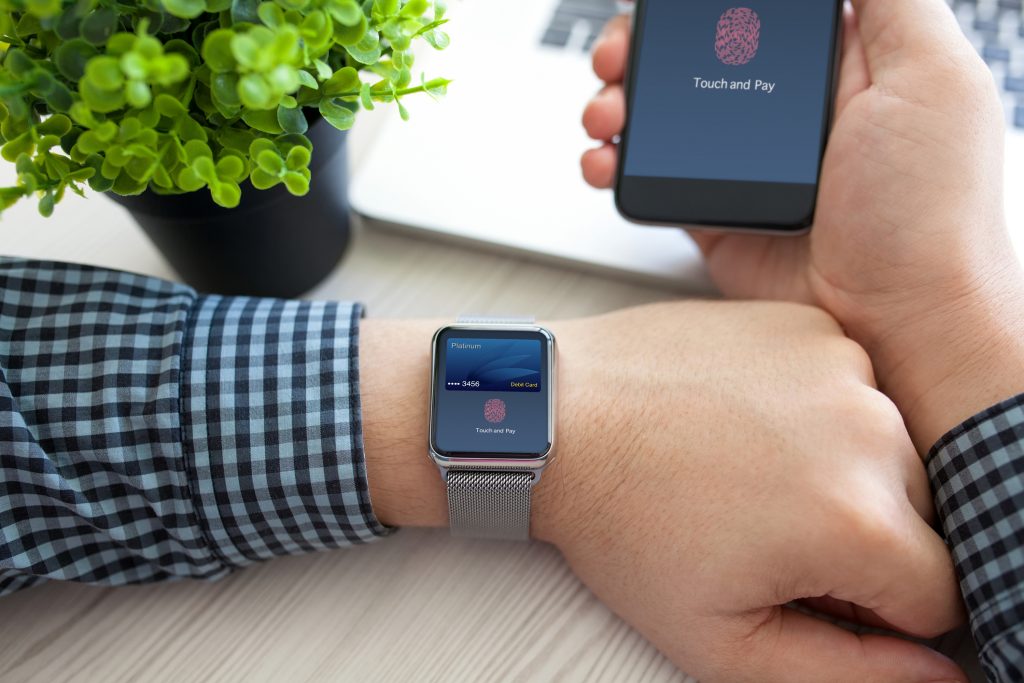Heading Toward a Cashless Society

We are heading toward a cashless society and infrastructure is developing to fully support new payment standards. Much of the global economy is steadily transitioning to commerce without paper cash and the gap between cashless and contactless money is closing.
Vendors focus on handling emerging cryptocurrencies so they do not worry much about the disappearing dollar. Besides, we’ve got a big number of fintech solutions moving forward at full speed.
Many financial services are already in the marketplace preparing for the so-called a cashless society.
Cashless businesses have more than doubled in the U.S., Australia, Canada, the U.K., and Japan since 2020.
Still, there are people that do concern about leaving paper money behind. Evidently, consumers must be better prepared with technology before the paradigm shift to cashless money goes on, with all those smart devices for transactions instead of cash and credit cards.
——-
Cashless and contactless payments began as separate use cases, but now pursue a single goal. They all started as an attempt to pay for access to services and products quickly and easily without interacting with cashiers. Contactless has evolved from the so-called embedded commerce experience.
As far as businesses are concerned, this solution speeds up receivables to a great extent and creates a more improved customer experience.
For example, what can be already seen in physical stores such as Amazon Go and other supermarkets and retail outlets. You walk in and cameras grab your items. You walk out with your stuff. The camera connects with optical sensors to record what the shopper puts in the cart. The scanner makes facial recognition and reads the payment information from the consumer’s registered identity and payment card.
Those are the kinds of the new world of contactless experiences. Apple recently announced that it will be embedding contactless capabilities into iPads so that you can get rid of terminals.
With cashless payment systems, both consumers and businesses can make purchases and payments the same way provided their ID and bank credentials are on file.
It used to be sending an invoice and waiting 30 or 60 days for the payment and now one can receive payment immediately.
Consumers have become more receptive to cashless and contactless payments after two years of shifting from in-person transactions to online ordering and online banking during the pandemic. It is easy for shoppers to buy into the new processes as it does not cost them.
This trend away from cash started long ago with credit cards. The crypto technology has certainly accelerated this transition.
Experts say the mag stripe technology was a 40-year-old-technology replaced with EMV [Europay, Mastercard, and Visa]. That was a 20-year-old technology, which is replaced by contactless, a 10-year-old technology.
Each credit card today has contactless capabilities embedded because consumers are used to using a card, and not everywhere accepts it. The migration of only doing contactless payments via phone is a natural evolution.
——-
One of the major obstacles to more adoption of cashless payments is the very fragmented ecosystem. This is especially the case in the United States with lots of different points of sale systems.
Part of the solution of the ecosystem issue is businesses partnering with technology providers. Investing in technology with technology partners will future-proof a business’s point of sale machinery.
Banks must come up with a whole new arsenal of solutions to keep up with where the technology providers are going.
Ultimately, full adoption could fall to the next generation. Technology-friendly processes are a big part of transitioning to a cashless economy. But ardent adherents of cash will remain as there are consumers completely unaware of the underlying tech that makes cashless markets safe from discrimination, inflation, and other bad manipulations.


Latest News